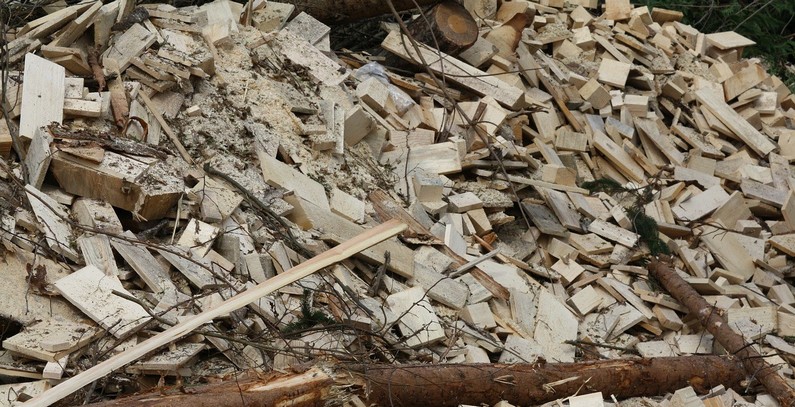
Photo: Pixabay
Two more biomass-fueled combined heat and power (CHP) plants are to be built in Croatia, according to an announcement from a subcontractor on the distributed production project.
The biomass-fueled CHP plants will be built in Županja in the east of Croatia, close to the border with Bosnia and Herzegovina, and Virovitica near the Hungarian border.
The cogeneration facility in Županja will have an installed capacity of 5.8 MM, up to 4.96 MW of which will be subject to incentives, while the remainder will be used for own consumption, said Croatian engineering and construction firm Končar – Inženjering za energetiku i transport (KET).
The biomass-fueled CHP in Virovitica will have an installed capacity of 3.4 MW, with up to 3 MW designated for feeding energy to the grid, said Končar-KET, which is a subcontractor on both projects along with other units of Croatia’s Končar Group, an electrical, transport and energy company.
These are turnkey projects, which include the preparation of detailed designs, as well as equipment delivery, installation, and commissioning, Končar-KET said.
The contract includes connection to the distribution grid and supplying a medium voltage switchgear, a generator protection and excitation system, low voltage distribution for general and own consumption, a diesel generator unit, a control system and instrumentation and measurement systems.
The main contractor is Đuro Đaković TEP, which produces biomass boilers and other products.
According to data cited by the local media in September 2017, Croatia had 14 biomass-fueled cogeneration plants, plus 46 under construction at the time.
In February 2018, Norway’s Croatia REN AS announced it plans to invest EUR 18.7 million in a biomass-fueled CHP plant in the Žakanje industrial zone close to the Croatian capital Zagreb.
In July this year, the Croatian government adopted a report for 2017 on progress in achieving national energy efficiency targets, which shows that the share of wood and biomass in total energy consumption stood at 12.9% in 2016, slightly up from 12.3% in 2015.


















Be the first one to comment on this article.